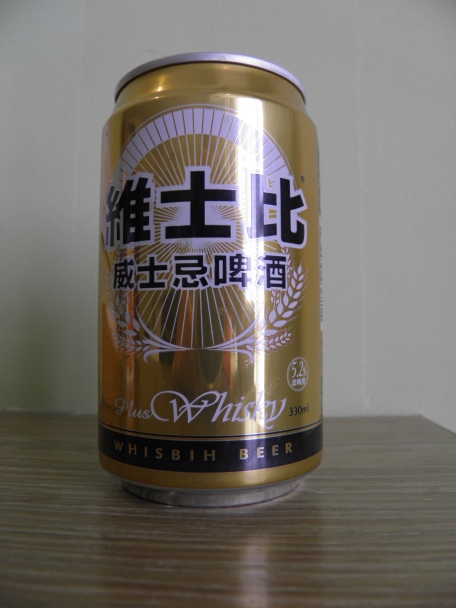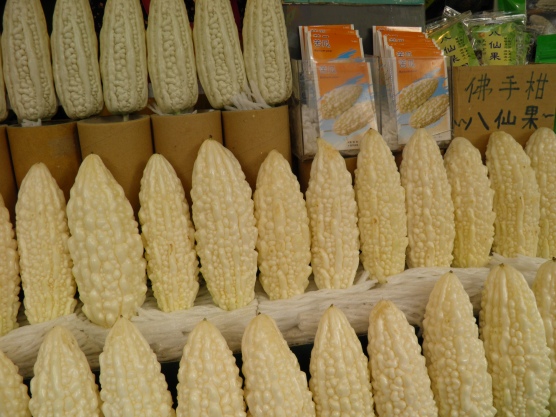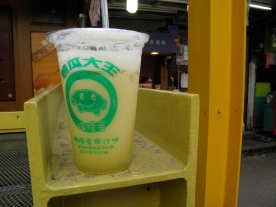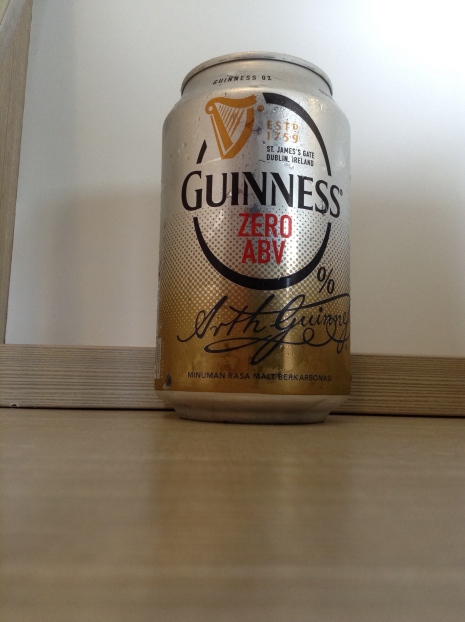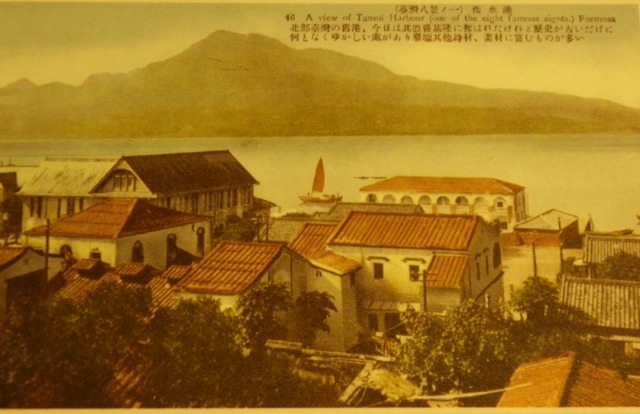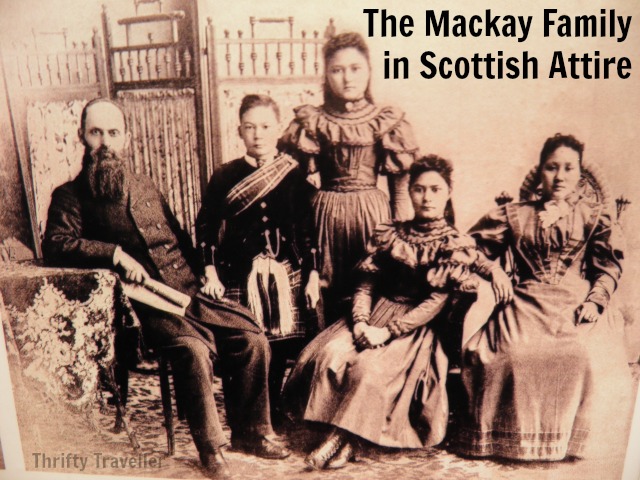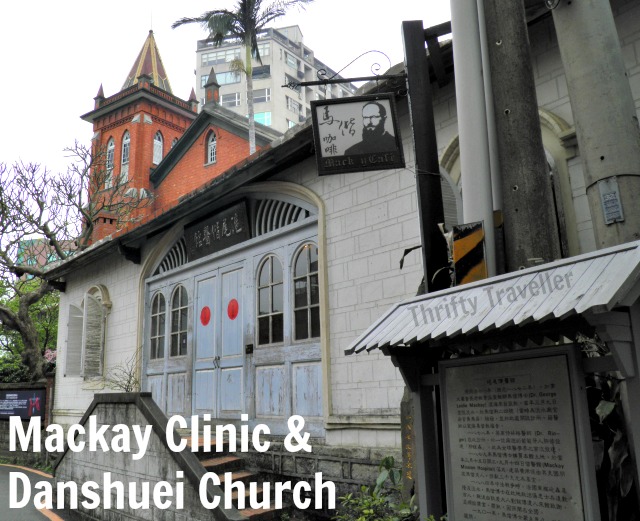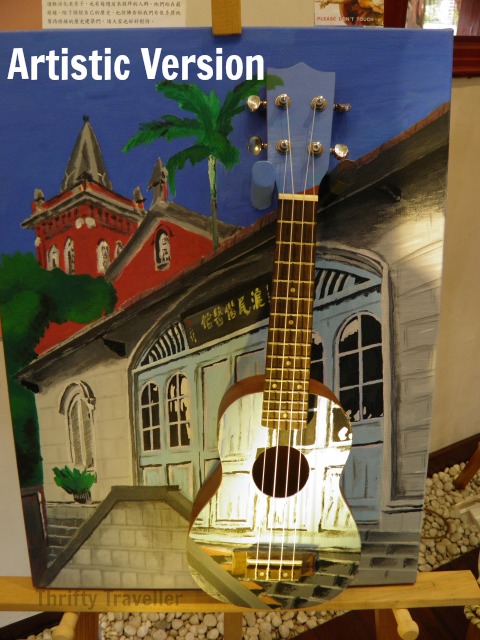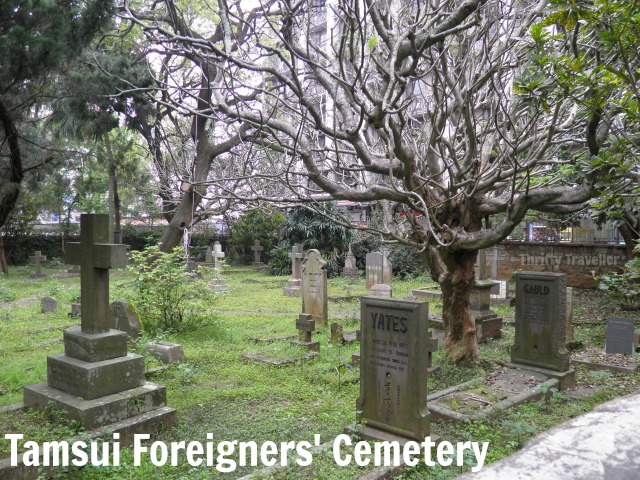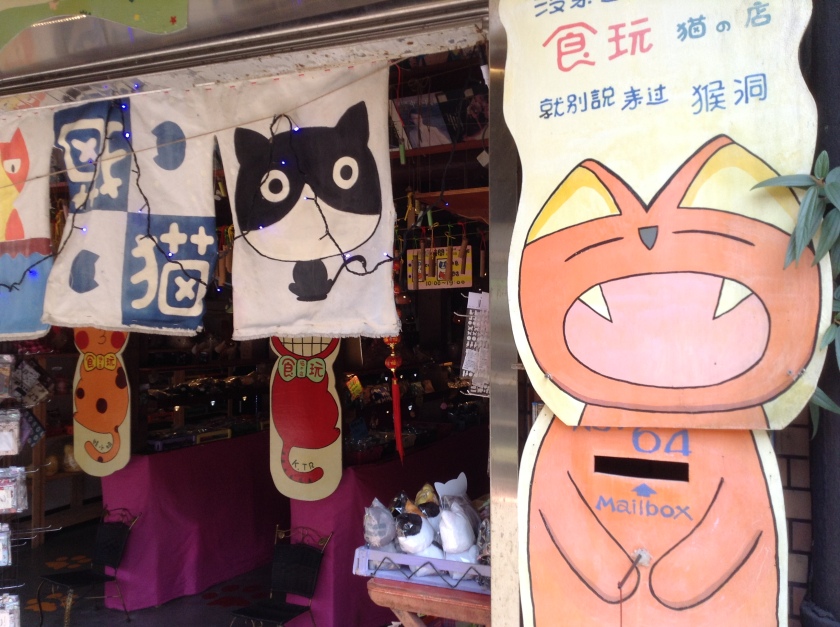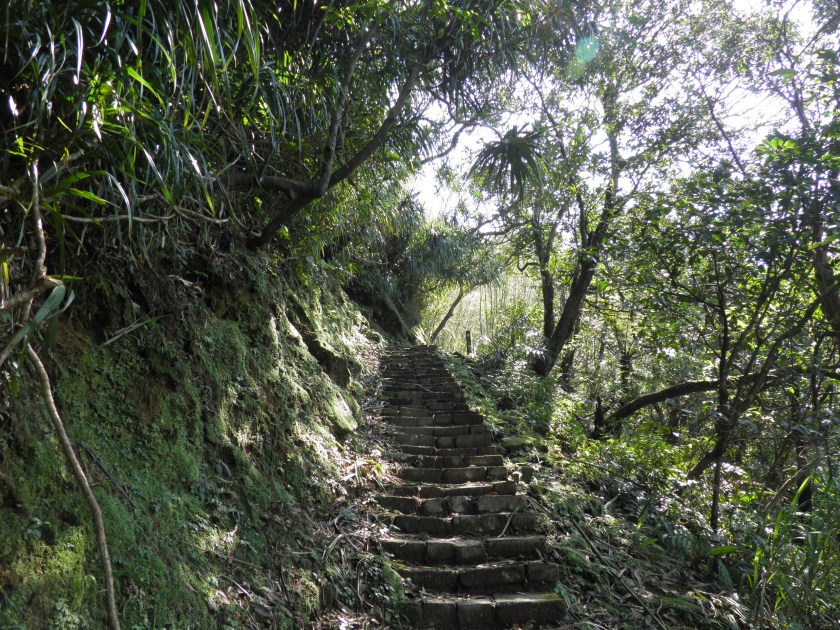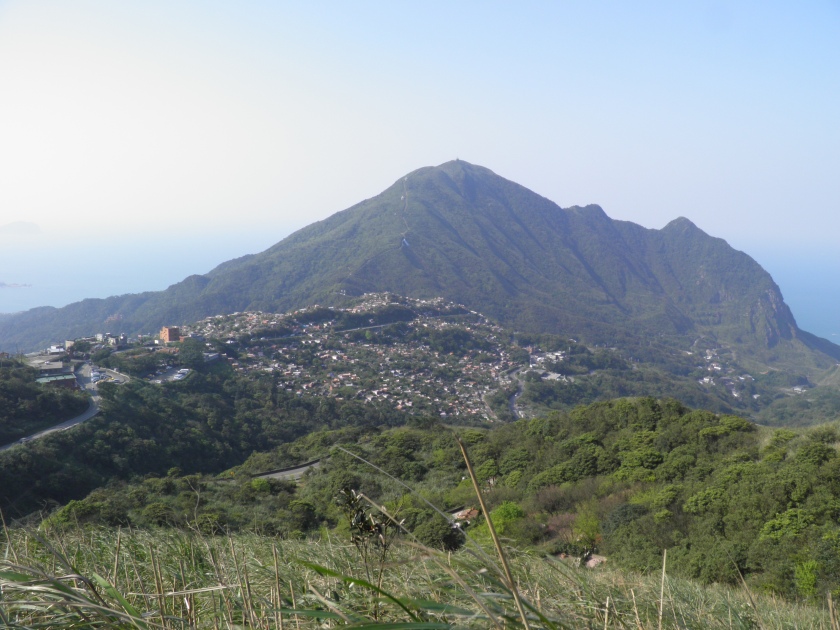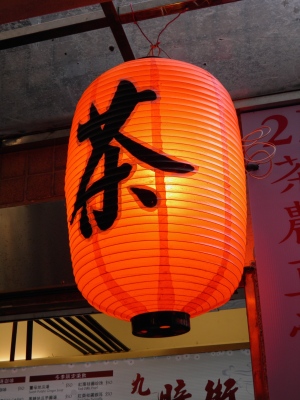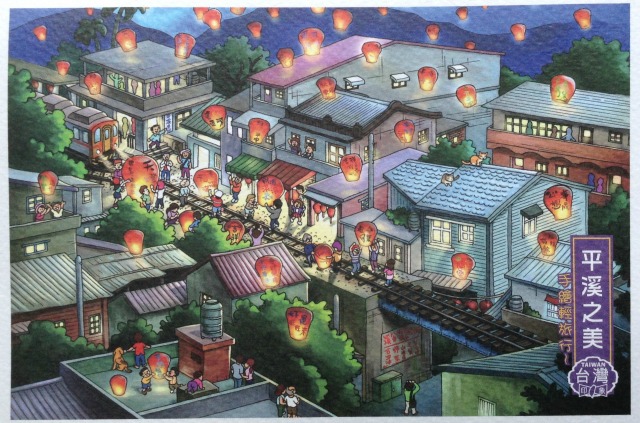
Taiwan was a Japanese colony from 1895 to 1945 and the capital area including Taipei was renamed Taihoku.
The fifty year colonial experience was a mere blip in Taiwan’s long history but long enough to leave a lasting influence on the island’s complex identity. The Japanese brought industrialisation and built many western style buildings in an attempt to impress their Taiwanese subjects with the modernity and superiority of Japanese rule.
Many of these Japanese-era buildings still survive and here are some that I spotted during my stay in Taipei.

Presidential Office Building
This grand red brick structure was completed in 1919 to house the Office of the Governor-General of Taiwan. It suffered heavy damage during an Allied bombing raid in May 1945. After repair and restoration it became the Office of the President of the Republic of China in 1950. It still serves as the Presidential Office. Visitors can take a tour inside.

National Taiwan Museum
Construction of this museum was completed in 1915 when it was called the Taiwan Viceroy’s Office Museum. It was built in classical style with a Greek temple facade, Corinthian columns and an impressive coloured glass ceiling above the main entrance hall.

Land Bank Exhibition Hall
This building was originally the Taipei branch of Nippon Kangyo Bank which opened in 1923. It is now an annexe of the National Taiwan Museum which is located across the street. There are two main exhibitions going on inside. Firstly there is a bank history section inside the main vault with displays of cash, silver ingots and gold bars (all fake), a reproduction of the original teller counters and even the Chief Manager’s actual coat and hat stand. The old banking hall is now a display space with an exhibition of dinosaurs and other creatures.

Taipei Guest House
Originally built in 1901, the Taipei Guest House suffered a major termite attack and had to be rebuilt and remodelled in 1912. This European style building was used as the Japanese Governor’s official residence but also used to receive important visitors and to host banquets. It continues to serve as the Taiwanese Government’s guest house for entertaining visiting dignitaries.

Taiwan Tobacco and Liquor Corporation Building
This building was constructed in 1913 by the Kobe Group to house the Monopoly Bureau of the Taiwan Governor’s Office during Japanese rule.

Nanmon-Cho 323
This Japanese tea-house with attractive Zen garden sits in a tranquil corner of the Taipei Botanical Garden. It was built in the 1930s and has served multiple purposes but was dilapidated for a long term until a recent restoration.
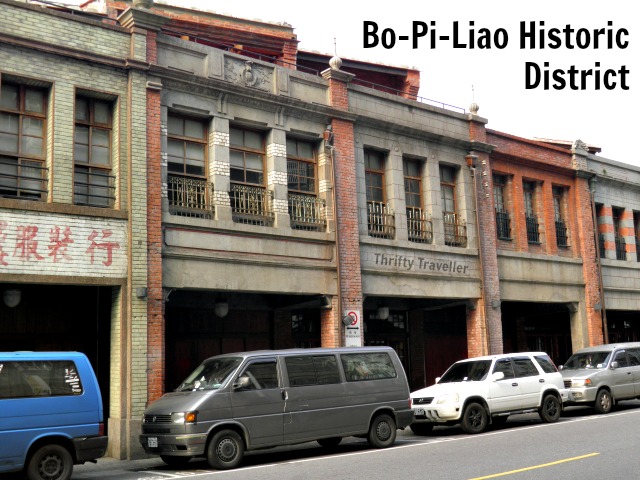
Bo-Pi-Liao Historic Block
This busy commercial district dates back to the reign of Emperor Jiaqing but was remodelled during the Japanese era to include rows of shophouses similar to those found in Malaysia and Singapore. They even have the equivalent of the ‘five-foot-way’ – a covered walkway to protect pedestrians from the sun and rain.

Taiwan Railways Museum Exhibition Hall
This building was the former Railways Administration Headquarters, Transportation Bureau of Taiwan Viceroy’s Office. It was built in 1919 from red brick and hinoki and fir wood and is the largest Tudor-style building in Taiwan. A major restoration is nearing completion and it should open later this year as a major railways museum.

Taipei Post Office
Taiwan’s main post office building was completed in 1930. The top floor was added later. There used to be a colonnaded portico where the grey marble entrance now stands. It has been classified as a national historic site to protect it from further alterations or demolition.

Futai Street Mansion
This distinctive Mansard style house was built in 1910 by Japanese construction company Takaishi as their headquarters. In 1930 it became an office and shop for Okura, a saké company. It is now home to the Taipei Photography Centre.

Zhongshan Hall
To commemorate the ascension of Japanese Emperor Hirohito in 1928 the Japanese commenced the Taipei Assembly Hall as a venue for cultural performances. It was completed in 1936. The notice outside says that the design features ‘Arabic arch windows and Taiwanese ceramic tiles reflecting the Japanese military government’s imperialist view of itself as leader of the Far East.’

The Red House
This historic market building dates from 1908. Designed by Kindo Jyuro, it features a unique octagonal entrance and a cruciform shaped market. It has now been ‘gentrified’ and is used as a market for artists and designers, theatre and creative space.
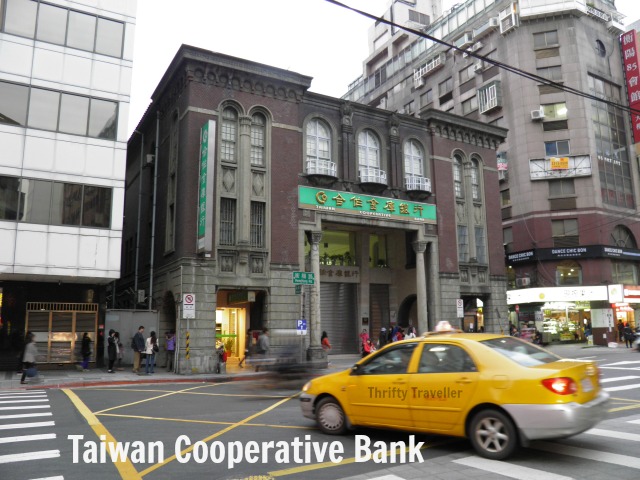
Taiwan Cooperative Bank
This branch of the Taiwan Cooperative bank was built in 1927 for the Taipei Credit Union.

Bank of Taiwan
Formed in 1897, Bank of Taiwan served as the central bank during Japanese rule. This building dates from 1939.

National Taiwan University Hospital
This wing of the hospital was built in 1912.

Beitou Hot Spring Museum
When built in 1913, this was East Asia’s largest hot-spring public bath and intended to encourage people to bathe more. Now it is a museum for onsen related relics.

Taiwan Folk Arts Museum (Beitou Museum)
High on a hill overlooking the spa town of Beitou is this traditional Japanese wooden and black tile structure built in 1921. It was a Japanese officers’ club and during WWII it housed a squadron of kamikaze pilots. No doubt the club manager asked them to settle their mess bills in full before going on a mission! It now serves as a museum.
Like this:
Like Loading...


